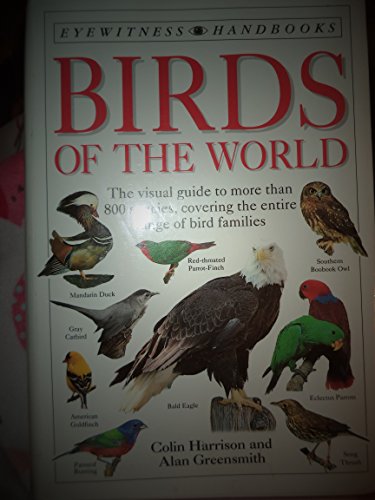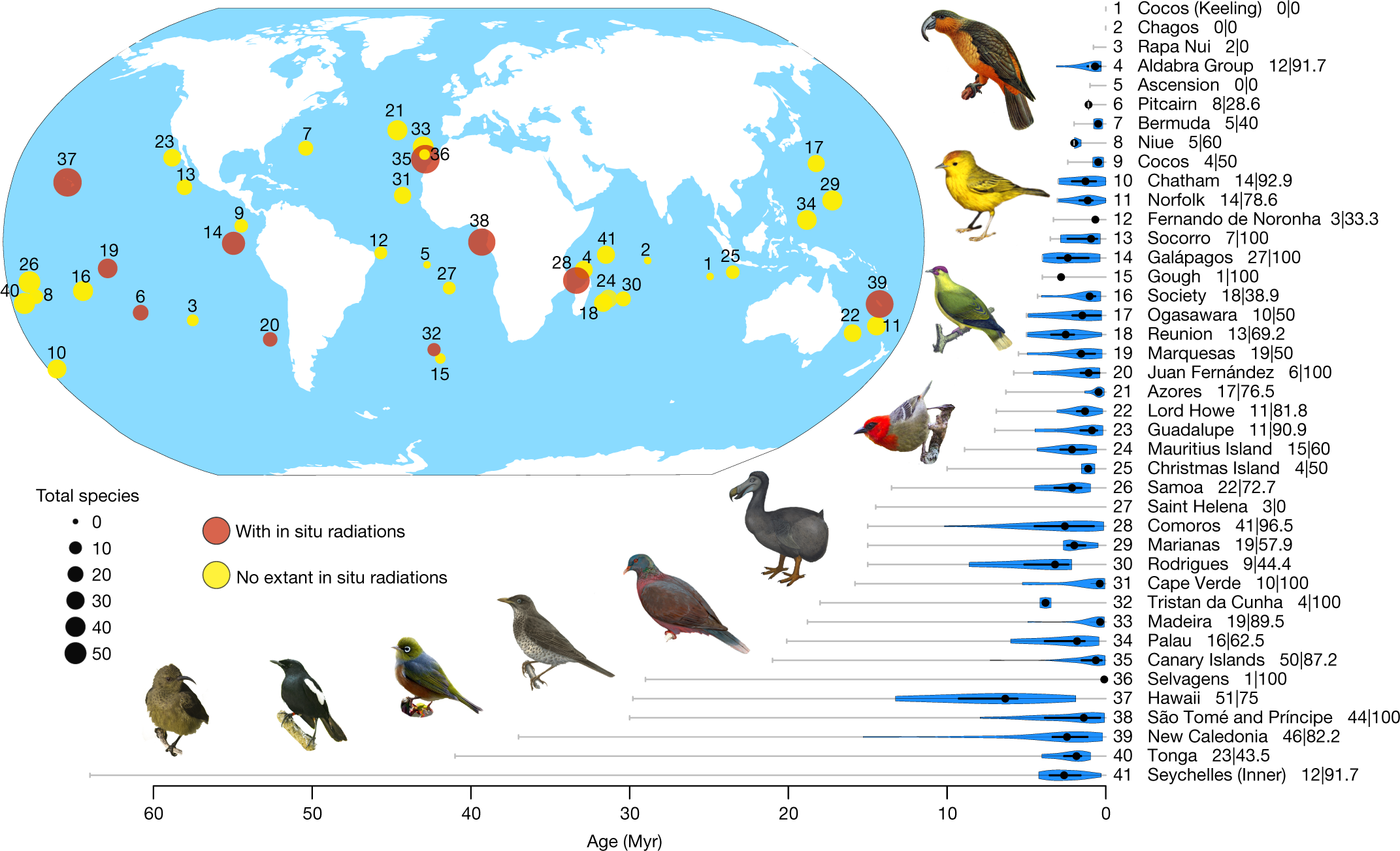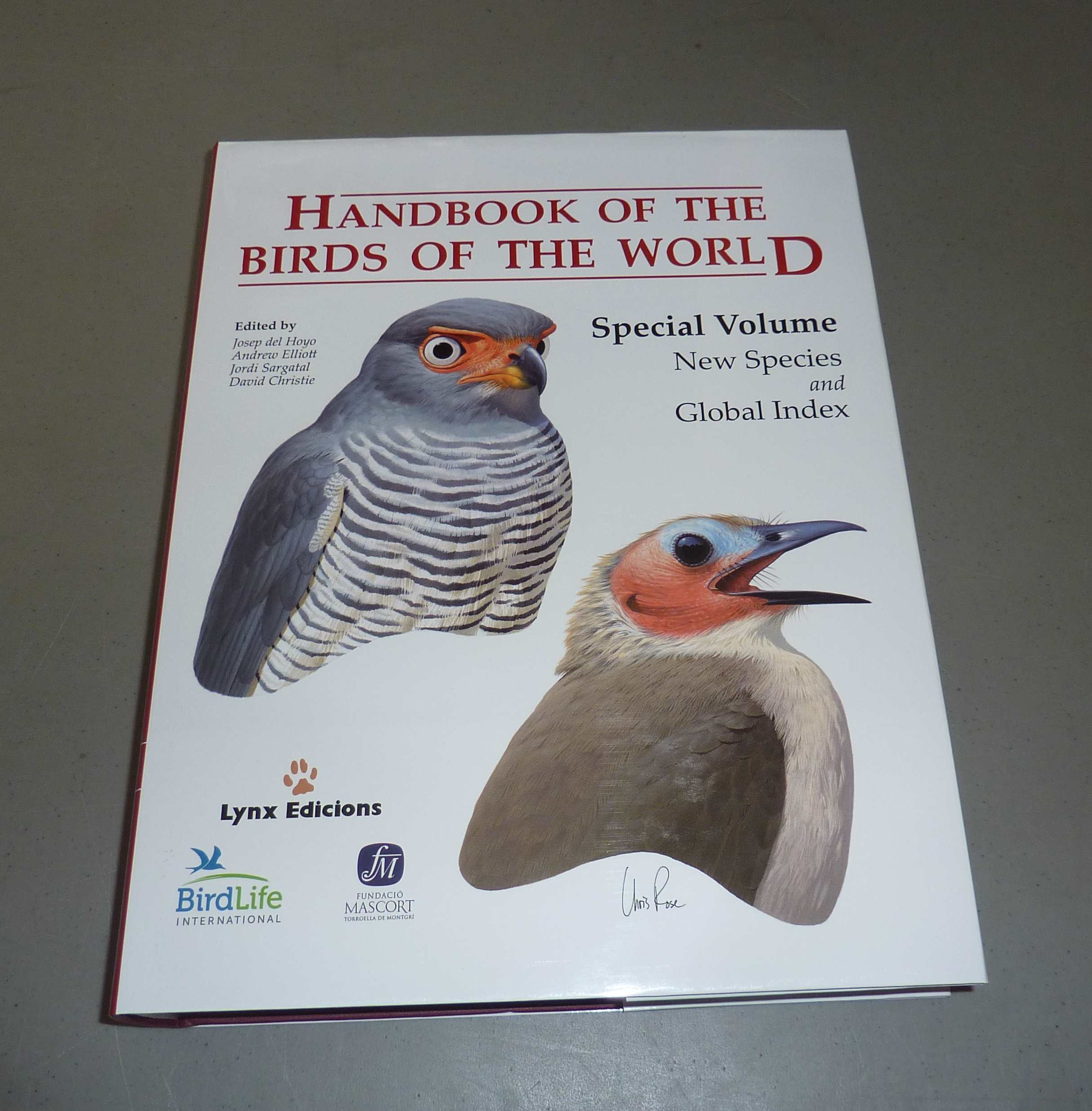
Breeding colonies are built on large trees and rock cliffs. The first stage of breeding in white-rumped vultures is nest-building. Mating is monogamous, at least within seasons. Mating occurs at the nest or on a branch very close to the nest.

Both sexes display by flying in circles very slowly near the breeding area with the wing tips close together. ( "BirdLife: International", 2004 "Threatened birds of Asia: the BirdLife International Red Data Book", 2001 Amadon and Brown, 1968 Grubh, 1974 Rasmussen and Anderton, 2005) bengalensis can be distinguished by the white bar located on the underside of the wing. Generally, adults tend towards black coloration, while younger individuals are browner. Eyes are dark brown and the legs are blackish but lighter than the adult. bengalensis are dark brown and the lower back and rump area are brown rather than white. Usually the eyes are a yellowish brown color and the legs are blackish. During flight, the white underwing coverts are highly visible. The undersides of the wings are a dark slate to brownish color.
#Handbook of the birds of the world vol 16 Patch#
There is a pale grey patch on the upper surface of the wings, visible when the wings are folded. Adults are darker than juveniles, with blackish plumage, a white neck-ruff, and a white patch of feathers on the lower back and upper tail, from which their common name is derived. The sexes are approximately equal in size. Adults are 75 to 85 cm tall, their wing span is 180 to 210 cm, and their weight ranges from 3.5 to 7.5 kg. White-rumped vultures are medium-sized, dark vultures. ( "Arkive: Images of Life on Earth.", 2004 "BirdLife: International", 2004 Rasmussen and Anderton, 2005) Nests are typically 2 to 18 meters above the ground. White-rumped vultures feed mostly on the ground, but roost and nest in trees and cliffs, and spend much of their time soaring on wind currents searching for carrion. Gyps bengalensis is generally found in open areas and fields enclosing scattered trees. They occur in temperate areas, mostly in plains and occasionally in hilly regions. White-rumped vultures are often found in cities, towns and villages, near human habitation. ( "BirdLife: International", 2004 Amadon and Brown, 1968 Rasmussen and Anderton, 2005) bengalensis is found mostly in the Indus valley and along the Himalayas to Assam valley and the southern parts of the Assam hills.

It has also been found in southern and central Afghanistan, mostly in the southern area but has also been sighted in the central part of Afghanistan. It formerly occurred in southern China and Malaysia but is now extinct in that region. It regularly occurs in Pakistan, India, Bangladesh, Nepal, Bhutan, Myanmar (Burma), Thailand, Laos, Cambodia, and southern Vietnam.

Gyps bengalensis is very common on the Indian subcontinent.


 0 kommentar(er)
0 kommentar(er)
